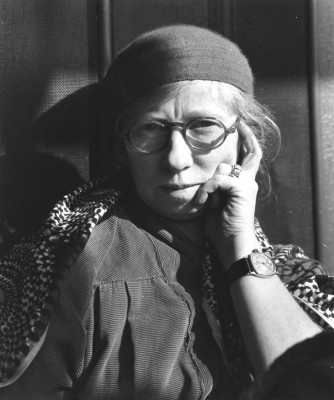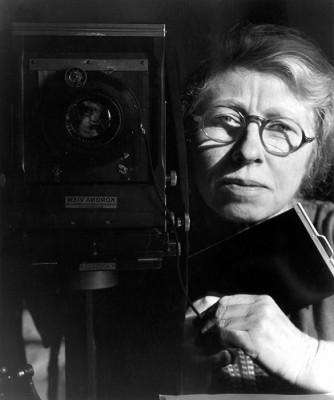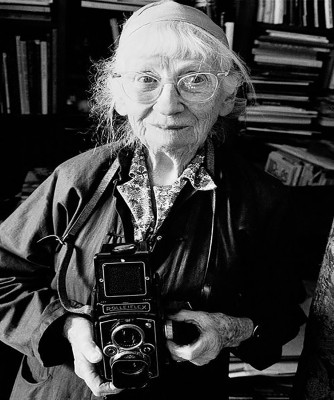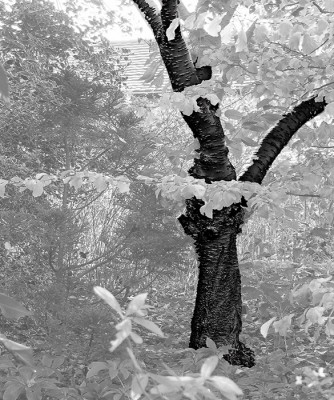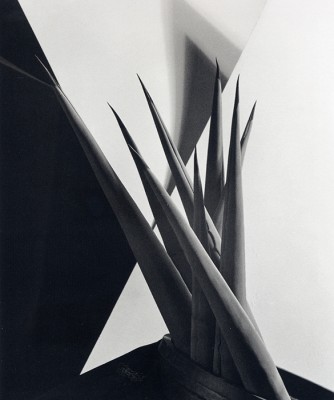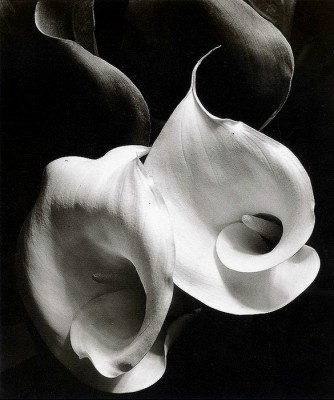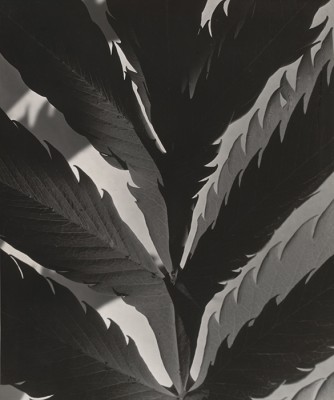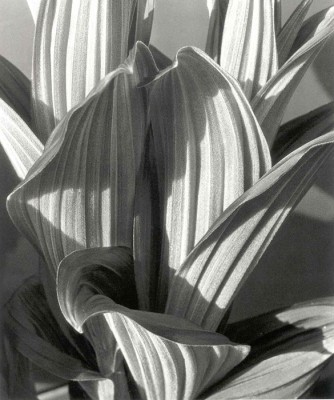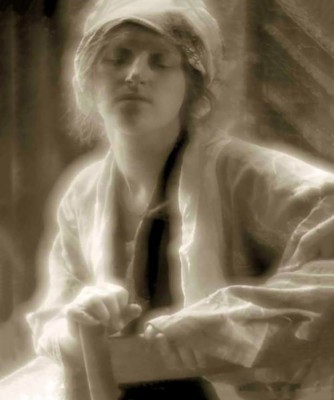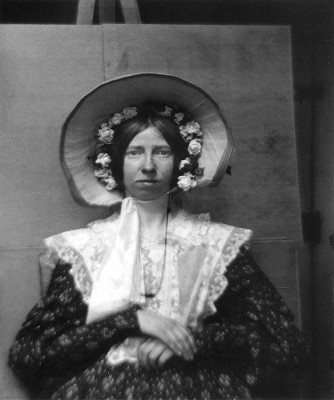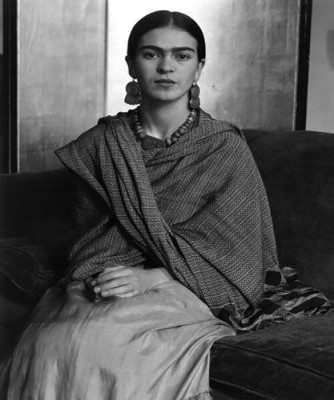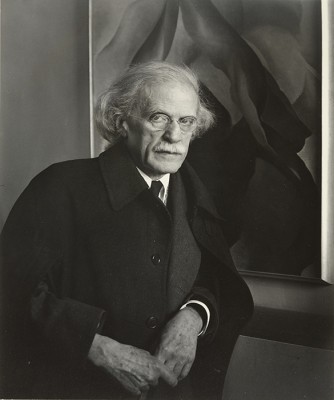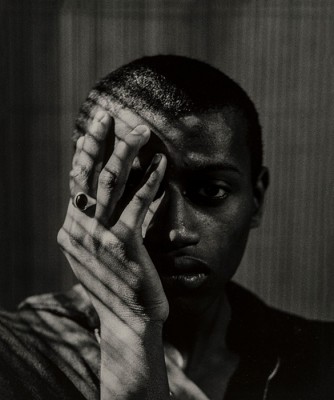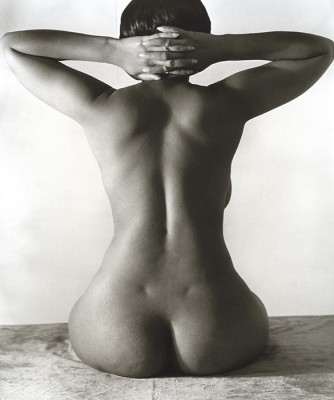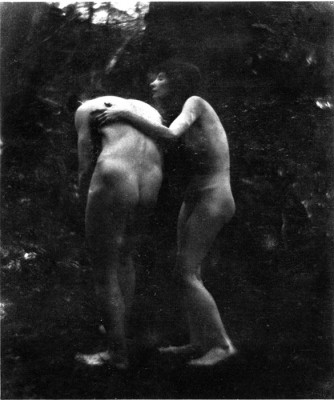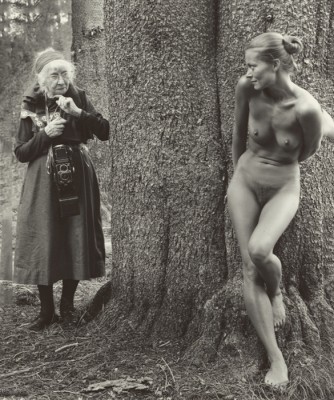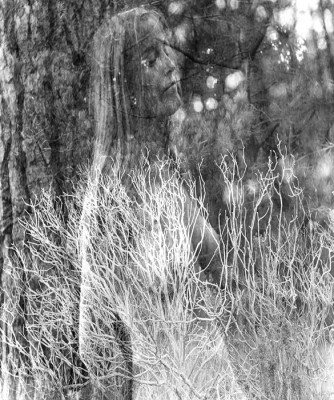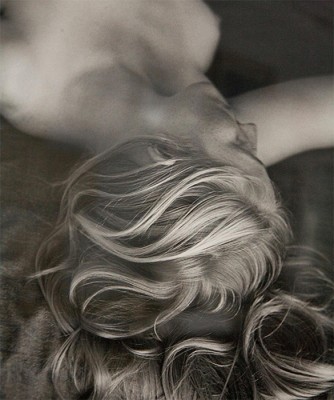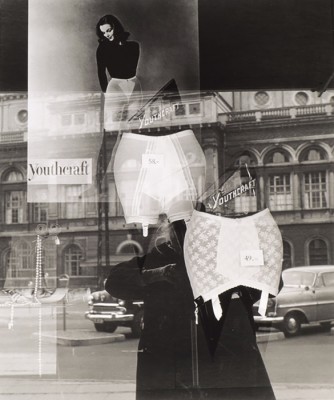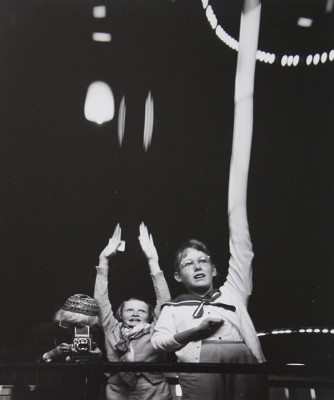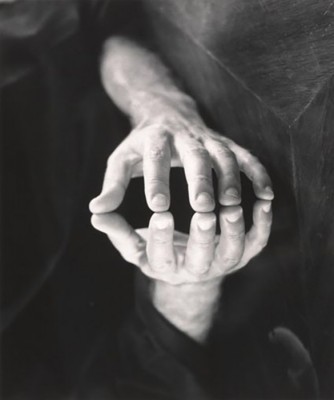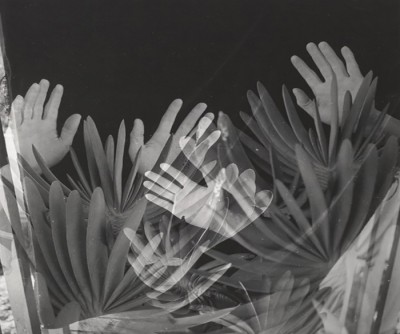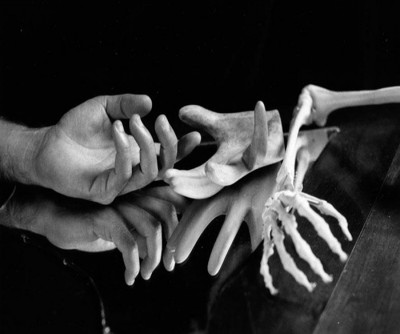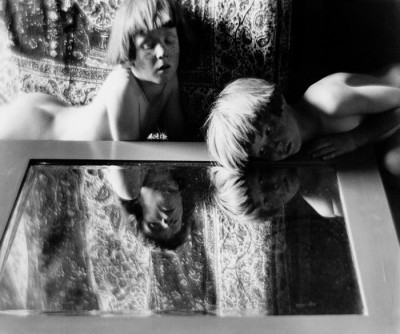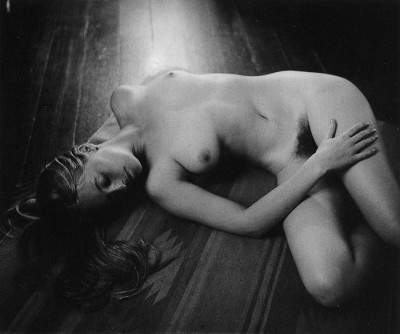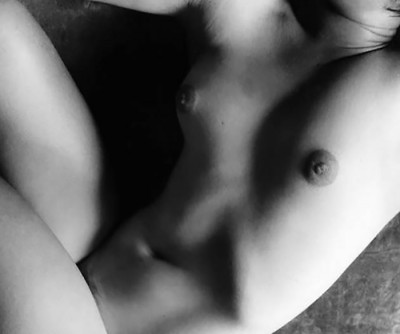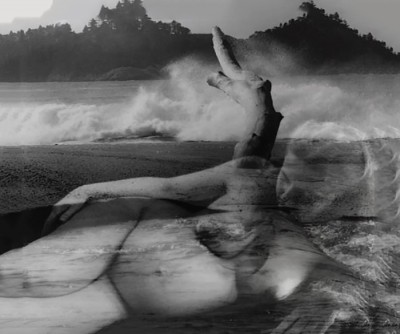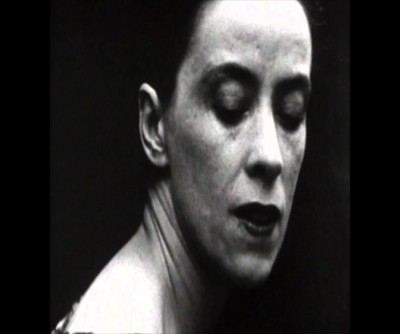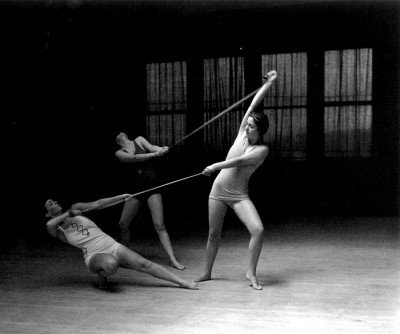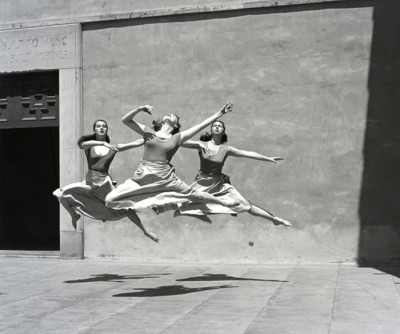Ιmogen Cunningham (biography - photos & video)
Born on 12 April 1883, in Oregan’s city Portland, Imogen Cunningham was an American photographer known for industrial landscapes, botanical photography and nudes.
In 1901, when she was 18 years old, got her camera from Pennsylvania’s American School of Art. The talented lady grew up in Washington, D.C. and studied at the University of Washington in Seattle.
Her career began with a part time job in the Seattle studio of Edward S. Curtis, more famous for his remarkable documentation of the North American Indian than for the portrait work from which he made his living. There she learned to make prints. Her earliest prints were in the tradition of Romantic Pictorialism, a style of photography that imitated academic painting of the turn of the century.
She won a scholarship for foreign study and attended photographic courses at the Technische Hochschule in Dresden Germany, in 1909. The school had recently revived its photographic department under the direction of Robert Luther, a photo scientist of international fame. While abroad she visited Alvin Langdon Coburn in London and upon her return to America in 1910, Alfred Stieglitz. From both she gained great inspiration.
She won a scholarship for foreign study and attended photographic courses at the Technische Hochschule in Dresden Germany, in 1909. The school had recently revived its photographic department under the direction of Robert Luther, a photo scientist of international fame. While abroad she visited Alvin Langdon Coburn in London and upon her return to America in 1910, Alfred Stieglitz. From both she gained great inspiration.
She completed working on her assignment which aimed to describe ways to increase the pace of printing, generate sepia tones and bring advancements in the lucidity of highlight tones.
Later in Seattle, she opened her own studio and earned commendations for pictorial and portraiture work. She took images of people sitting in the woods, in her lounge or in their own houses. She became a popular photographer and displayed her work in 1913 at the Brooklyn Academy of Arts and Sciences.
After one year, portraits shot by her were displayed in New York at An International Exhibition of Pictorial Photography. Moreover, she work was published in the Wilson’s Photographic Magazine.
After one year, portraits shot by her were displayed in New York at An International Exhibition of Pictorial Photography. Moreover, she work was published in the Wilson’s Photographic Magazine.
After her marriage in 1915 (with an artist and teacher, Roi Patridge,with whom he had three sons named Padriac, Rondal and Gryffyd. Also became the subject of nude photography and the Seattle Fine Arts Society exhibited the photos) she moved to San Francisco.
Imogen Cunningham became interested in details and she began leaning towards botanical photography, particularly of flowers. Thus, she did an extensive study on magnolia flower for two years starting from 1923. Later in the same decade, she started working on industrial landscapes in Oakland and Los Angeles.
In San Francisco she became a friend of Edward Weston,through his recommendation, 10 of her plant photographs were included in the "Film und Foto" exhibition (1929),sponsored by the Deutsche Werkbund, an association of German designers and architects. All of these prints are now part of the George Eastman House Collection.
Moving on, Cunningham again changed her roads and became interested in human body and form, especially hands. She was fascinated with musicians’ and artists’ hands. As a result, she was hired by Vanity Fair to photograph celebrities sans makeup.
In 1932 Cunningham joined the association of West Coast photographers which had been founded by Ansel Adams and Willard Van Dyke in 1934 under the name of Group f/64. They met to talk about photography and to show their prints to each other and to the public. In the fall of 1932, Ansel Adams and Willard Van Dyke proposed that they become better organised to implement the spread of their ideas, and Van Dyke suggested the name "f/64," it was chosen because the members of the group were dedicated in sharp (clear) image with the full resolution and depth of field provided by the f / 64 aperture lens.
In 1934, Cunningham divorced her husband in order to continue working with Vanity Fair until 1936.
After the breakup of Group f/64, she began working on street photography in the 1940s. This was just a pass time while she supported her living with studio and commercial photography. In 1945, she on an invitation by Ansel Adams joined the California School of Fine Arts as an art photography teacher. Minor White and Dorothea Lange also joined the same place.
An retrospective monograph, "Imogen Cunningham Photographs, 1910-1973",appeared in 1974, and her final photographs were published in "After Ninety" in 1977.
Imogen Cunningham continued to photograph subjects she liked until the time she died in June,24 1976 when she was 93 years old.
She had said many years ago:
"Of course I think too many people are into photography because they think it's easy. Those who succeed do NOT believe it, but most do because they think like the old KODAK slogan, you press the button and we do the rest ... ".

